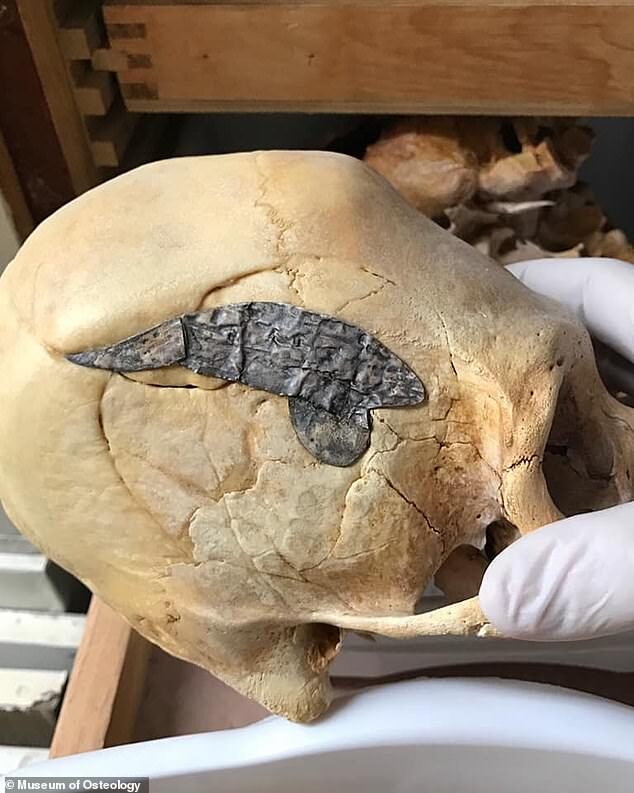
© twitter
In the
maiden post to this substack I acknowledged a real danger of studying pathocracy, against which one had to be vigilant:
the convenient confirmation bias of using the psychopath label to pathologize and stigmatize one's political rivals. Toward clearing some conceptual underbrush, in this regard,
it would be useful to contrast pathocracy studies, as discussed here, with an earlier effort - aimed precisely at pathologizing political rivals. For, a genuinely impartial observer might well ask:
what is the difference between the
pathocracy illuminating ambitions of this substack, and related intellectual efforts, and the
pathologizing of political rivals, under the rubric of the authoritarian personality research, as conducted by the Frankfurt School in the U.S. in the aftermath of WWII?
For those unfamiliar with this chapter in intellectual history, the
Frankfurt School (sometimes called cultural Marxists, though consciousness Marxists, might be more accurate
1), which had fled Germany following the rise of Hitler,
eventually landed in America as Jewish refugees. They were quite careful, even during the U.S. alliance with Stalin, to not make a great display of their Marxism. As their institutional biographer Martin Jay noted,
"critical theory" became their in-group code-word for Marxism.2 In the aftermath of the war, they undertook an extended study of what they characterized as
the authoritarian personality, the most famous manifestation of which was the book published in 1950 by leading Frankfurt thinker, Theodor Adorno, going by the same name
.3



Comment: More on this remarkable thinker: MindMatters: The Triumph of Irrationalism and the Death of Metaphysics